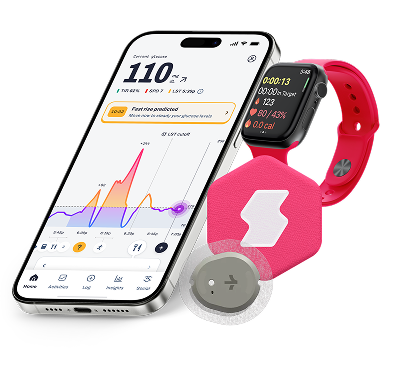Welcome back to Candy Battles! Today, we're delving into a matchup between Starburst and Reese’s Peanut Butter Cup. Which candy will reign supreme?



Starburst vs. Peanut Butter Cup Overview
In the fourth round, it's Starburst vs. Peanut Butter Cups!
Starburst
Starburst may seem like a delightful choice, but beware! It's loaded with sugar. The first two ingredients are sugar and corn syrup. Starburst is also packing hydrogenated palm kernel oil, an inflammatory trans fat, and artificial colors like red 40 and blue 1.
There is ongoing scientific research and discussion about the potential effects of high fructose corn syrup (HFCS) consumption. Some studies suggest that consuming too much HFCS may have negative impacts on health, particularly when it comes to chronic diseases like type 2 diabetes, cardiovascular disease, and liver problems.
Peanut Butter Cups
Meet Starburst’s rival, Peanut Butter Cups. This candy offers a more satisfying option. Look for varieties with dark chocolate and check for healthy fats in the peanut butter. You can even explore alternatives like almond butter cups for added variety.
Peanuts are considered a low glycemic index food with a rating of 13. Peanuts contain carbohydrates, yet they also contain important nutrients like fiber, which ensures that when eating this food, the body will digest it slowly and release sugar gradually into the bloodstream, allowing you to avoid rapid, steep blood sugar spikes.
The Verdict
This wasn’t even a fight: Peanut Butter Cup takes the win! Thanks to its potential for healthier fats and a more wholesome chocolate choice. Peanut butter is a balanced energy source that contains all three major macronutrients: carbohydrates, protein, and fat. It contains only 20% carbs, making it perfect for a low-carb diet, but it is extremely high in fats, contributing to a high-calorie count.
Pro Tip: Enjoy Candy in the Afternoon
Turn candy cravings into an afternoon delight. Having sweets mid-day allows your body more time to process the sugar and may help prevent glucose spikes compared to snacking on sweets late in the evening.
Sign up to be the first to know about special offers and exciting Signos news.


.svg)
.svg)
.svg)
.svg)
.svg)
.svg)
.svg)
.svg)
